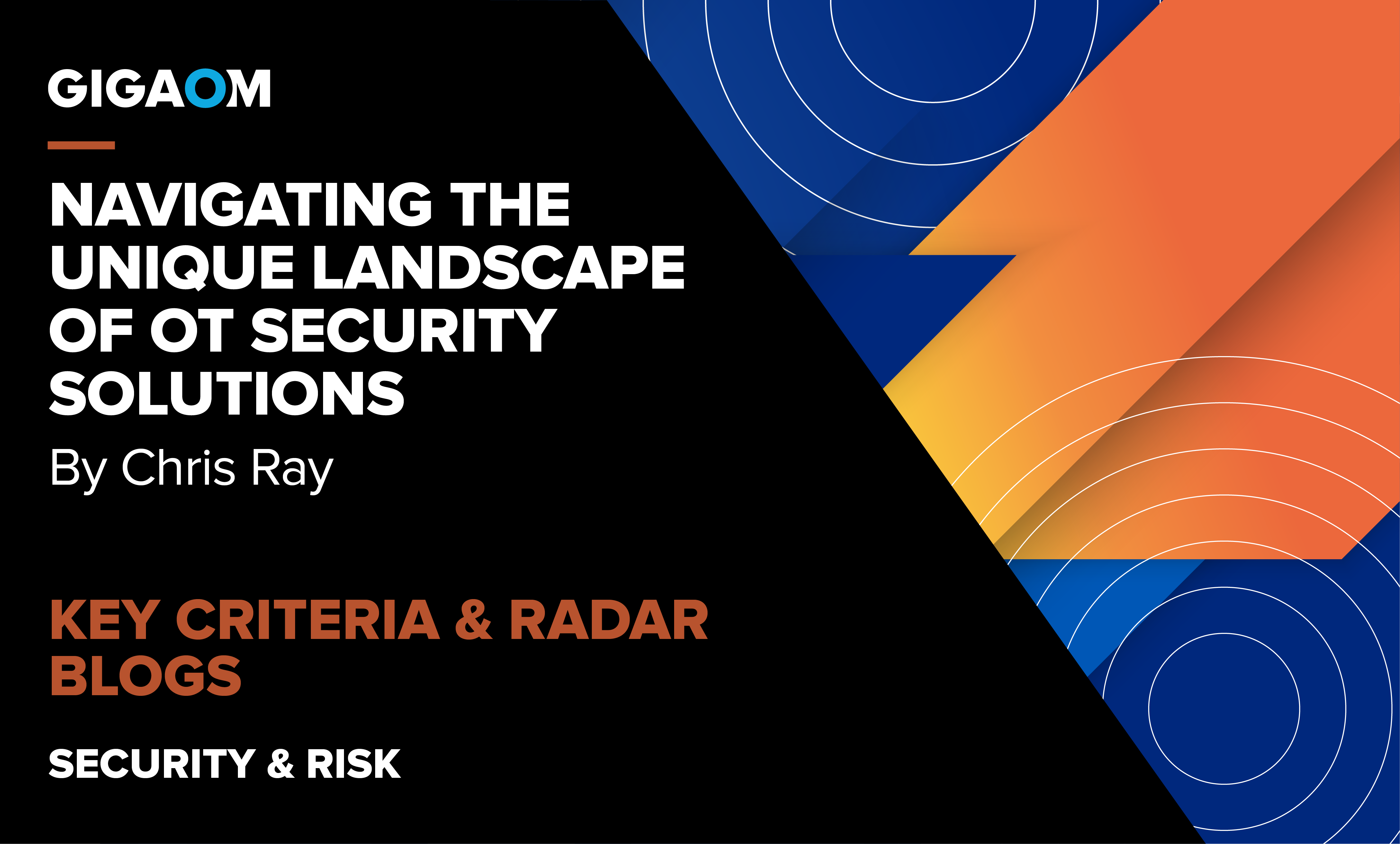
Exploring the operational technology (OT) security sector has been both enlightening and challenging, particularly due to its distinct priorities and requirements compared to traditional IT security. One of the most intriguing aspects of this journey has been understanding how the foundational principles of security differ between IT and OT environments. Typically, IT security is guided by the CIA triad—confidentiality, integrity, and availability, in that order. However, in the world of OT, the priority sequence shifts dramatically to AIC—availability, integrity, and confidentiality. This inversion underscores the unique nature of OT environments where system availability and operational continuity are paramount, often surpassing the need for confidentiality.
Learning through Contrast and Comparison
My initial approach to researching OT security solutions involved drawing parallels with familiar IT security strategies. However, I quickly realized that such a comparison, while useful, only scratches the surface. To truly understand the nuances of OT security, I delved into case studies, white papers, and real-world incidents that highlighted the critical need for availability and integrity above all. Interviews with industry experts and interactive webinars provided deeper insights into why disruptions in service, even for a brief period, can have catastrophic outcomes in sectors like manufacturing, energy, or public utilities, far outweighing concerns about data confidentiality.
Challenges for Adopters
One of the most significant challenges for organizations adopting OT security solutions is the integration of these systems into existing infrastructures without disrupting operational continuity. Many OT environments operate with legacy systems that are not only sensitive to changes but also may not support the latest security protocols. The delicate balance of upgrading security without hampering the availability of critical systems presents a steep learning curve for adopters. This challenge is compounded by the need to ensure that security measures are robust enough to prevent increasingly sophisticated cyberattacks, which are now more frequently targeting vulnerable OT assets.
Surprising Discoveries
Perhaps the most surprising discovery during my research was the level of interconnectedness between IT and OT systems in many organizations. While this is still developing, this convergence is driving a new wave of cybersecurity strategies that must cover the extended surface area without introducing new vulnerabilities. Additionally, the rate of technological adoption in OT—such as IoT devices in industrial settings—has accelerated, creating both opportunities and unprecedented security challenges. The pace at which OT environments are becoming digitized is astonishing and not without risks, as seen in several high-profile security breaches over the past year.
YoY Changes in OT Security
Comparing the state of OT security solutions now to just a year ago, the landscape has evolved rapidly. There has been a marked increase in the adoption of machine learning and artificial intelligence to predict and respond to threats in real time, a trend barely in its nascent stages last year. Vendors are also emphasizing the creation of more integrated platforms that offer both deeper visibility into OT systems and more comprehensive management tools. This shift toward more sophisticated, unified solutions is a direct response to the growing complexity and connectivity of modern industrial environments.
Looking Forward
Moving forward, the OT security sector is poised to continue its rapid evolution. The integration of AI and predictive analytics is expected to deepen, with solutions becoming more proactive rather than reactive. For IT decision-makers, staying ahead means not only adopting cutting-edge security solutions, but also fostering a culture of continuous learning and adaptation within their organizations.
Understanding the unique aspects of researching and implementing OT security solutions highlights the importance of tailored approaches in cybersecurity. As the sector continues to grow and transform, the journey of discovery and adaptation promises to be as challenging as it is rewarding.
Next Steps
To learn more, take a look at GigaOm’s OT security Key Criteria and Radar reports. These reports provide a comprehensive overview of the market, outline the criteria you’ll want to consider in a purchase decision, and evaluate how a number of vendors perform against those decision criteria.
If you’re not yet a GigaOm subscriber, sign up here.



